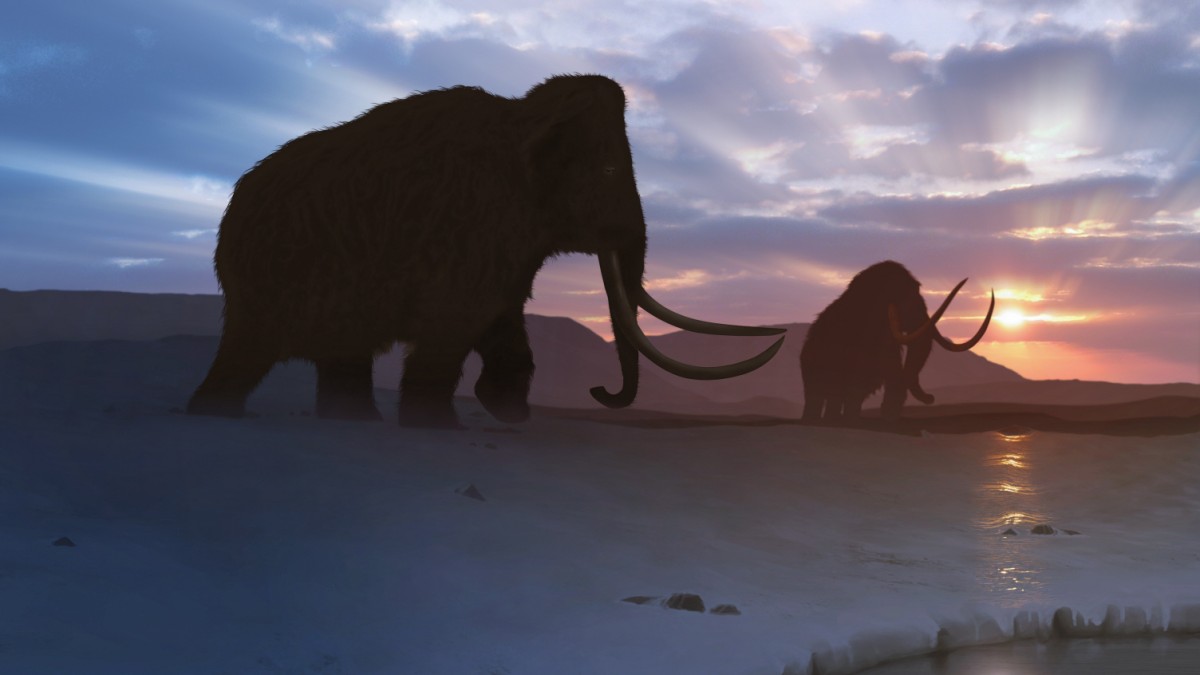When Elma was struck by a deadly spear, she was in her prime. She was probably in her 20s, she was a proud, well-fed woolly mammoth who had traveled extensively. Ultimately, she provided prehistoric hunters with provisions for the coming days and modern paleoanthropologists with exciting data, because their tusks have survived for 14,000 years in good condition. They testify to a primordial closeness between man and animal, as claimed by a team of scientists led by Audrey Rowe and Matthew Wooller of the University of Alaska Fairbanks and Clement Bataille of the University of Ottawa in the specialized magazine Advances in science report.
If the animal was actually called Elma, short for Élmayųujey’eh, remains an open question. That’s what members of the Healy Lake Village Council called the site where the mammoth skeleton was found, 200 kilometers southeast of Fairbanks. However, the results presented now by Rowe’s team are based on science. As a result, in her short life, Elma wandered about 1,000 kilometers back and forth between Alaska and northwestern Canada, and was apparently always pursued by Stone Age hunters and gatherers.
Mammoths apparently migrated along the same routes for thousands of years
The human presence in that period is evidenced by the remains of campfires, stone tools and worked animal bones. The researchers, however, managed to trace the paths of Elma and other mammoths using so-called isotopic analysis. These types of atoms serve as chemical markers that can be used to determine the diet and location of animals and people, even thousands of years apart.
Since specific isotopes accumulate in different parts of the horn over the years depending on the growth of a mammoth tusk, it is also possible to roughly estimate when the animals were located and where. And apparently people followed the mammoth trails. “It appears that people set up their hunting camps where mammoths were common,” Rowe said in a University of Alaska statement.
Further analysis of other mammoths showed that Elma migrated along the same routes as a male specimen that had lived in the region 3,000 years earlier. Apparently the mammoth routes lasted for thousands of years – until at some point in Elma’s time humans appeared and at the same time other trees grew. “Climate change at the end of the ice age reduced the open spaces favored by mammoths,” says co-author Ben Potter, an archaeologist at the University of Alaska Fairbanks. By protecting the growing forests, human hunters could then track animals more easily and hunt successfully. It is also likely that Elma died from a stone age weapon, especially since she was found in a hunting camp. Although, as often happens in paleontology, it cannot be said with absolute certainty.




